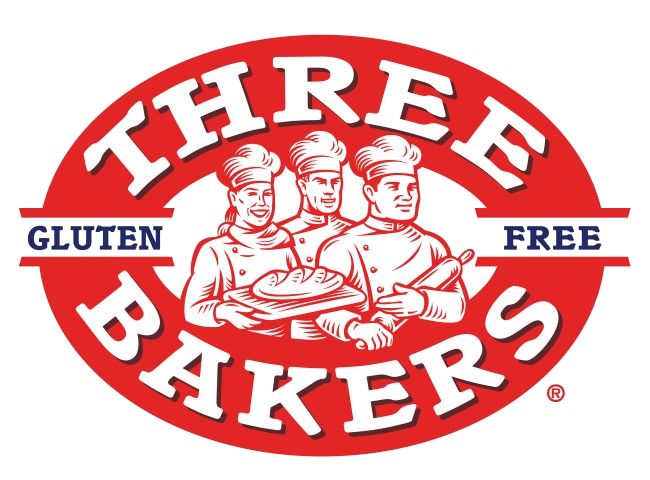- BY Jane Trygar
- POSTED IN Gluten-Free Life, Information
- WITH 1 COMMENTS
- PERMALINK
- STANDARD POST TYPE

When you first begin living gluten-free, it can be easy to see the foods of the word as ‘bread’ and ‘not bread’.
After a couple of weeks you begin to get a better understanding of what has gluten in it and what doesn’t. You slowly learn to read labels. You find your favorite gluten-free products. You’re getting the hang of this. Good for you!
But then suddenly you feel sick like you haven’t felt sick in weeks. The bloating, the cramps, the rash – where is it coming from? You’ve been as careful as you know how to be, but you’ve definitely ingested gluten. Ugh.
Chances are you’ve eaten a product containing ‘hidden’ gluten. Unlike the easy-to-spot sources of gluten – breads, pastas, doughnuts – these products aren’t immediately recognizable as hiding spots for sneaky gluten molecules.
It’s not just food that could be the problem. There’s a chance that personal products or other miscellaneous household items may have gluten.
Here are some of the likely suspects. (Remember, the best way to avoid accidentally glutening yourself is to call in and double-check with the manufacturer if you have any doubt that a product contains gluten.)
Products Containing Gluten (Possibly)
Gum. According to About.com’s Celiac Disease source, Glee, Trident, and Wrigley’s are safe. Icebreakers and Bubbalicious are not. While you shouldn’t be swallowing your gum, enough of the product is ingested that you can have a reaction.
Soy Sauce. On most bottles of soy sauce, the first ingredient isn’t ‘soy’ – it’s ‘wheat’. If you’re a lover of Asian cuisine, take the time to find a good gluten-free brand.
Salad Dressing. Gluten is often used in salad dressing as a thickener, especially when the product is low fat or advertised as ‘Lite’. Restaurant salads can be particularly tricky, causing many in the gluten-free community to BYOSD.
Processed Meats. Keep an eye out for modified starch in hot dogs, sausages, and other processed meats.
Reduced-fat Foods. Like salad dressing, many reduced-fat foods up the gluten when they cut the fat to keep their products at the same thickness and consistency.
Medications. If you’re not careful, the capsules, syrups, vitamins and other medicines you take may make you feel worse. GlutenFreeDrugs.com keeps a regularly updated list of – you guessed it! – gluten-free drugs.
Makeup. While you probably don’t ingest enough mascara or blush to hurt your intestines (though it is debated!) you’ll want to make sure your lipstick doesn’t contain the stuff. Check out Gluten Free Makeup Gal for recommendations and reviews.
Toothpaste. Certain brands of toothpaste – and mouthwash, too – are good for your teeth, but bad for your lower-intestine.
Communion wafers. I personally was shocked to discover that my church’s host wasn’t gluten-free. It makes sense, but I never would have thought to ask or check. As it turns out, matzo balls aren’t gluten-free, either. It just goes to show that being gluten-free permeates most aspects of your life – culinary, social and religious.
Do any of these hidden sources of gluten surprise you? Have you run into other hidden sources of gluten? Let us know in the comments.
For more gluten hiding places, check out the Foods Containing Gluten post on The Gluten-Free Chef.


